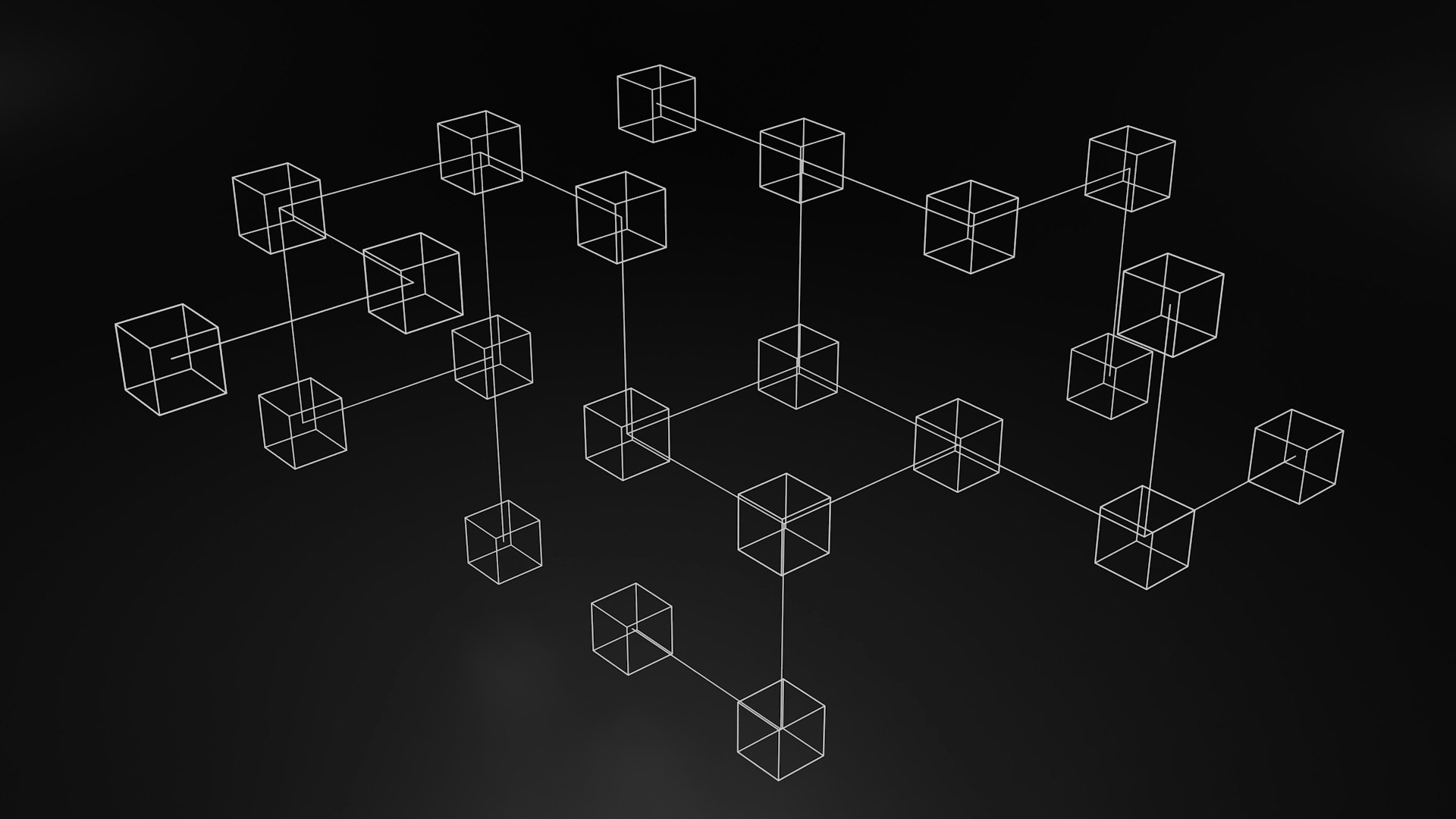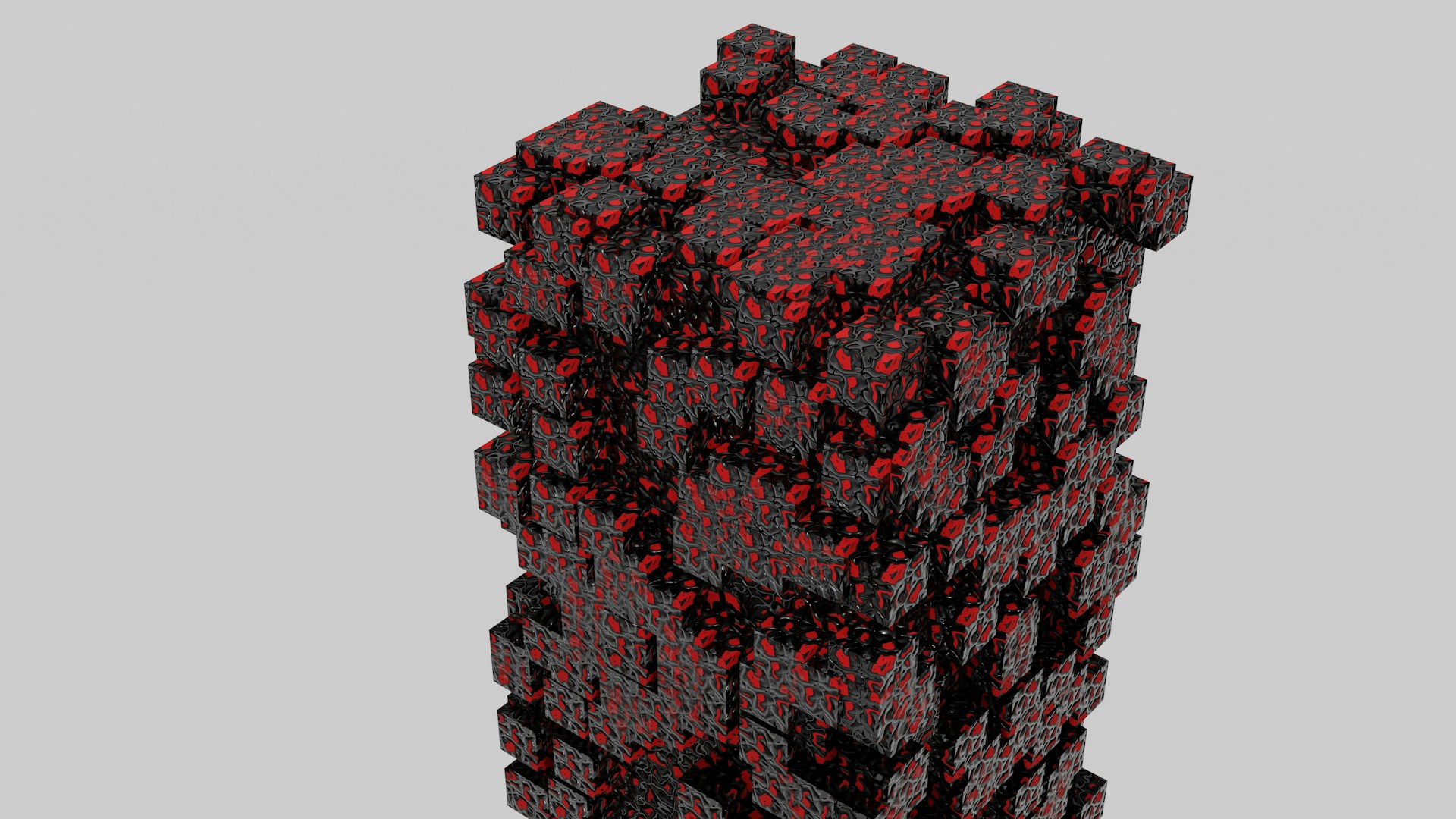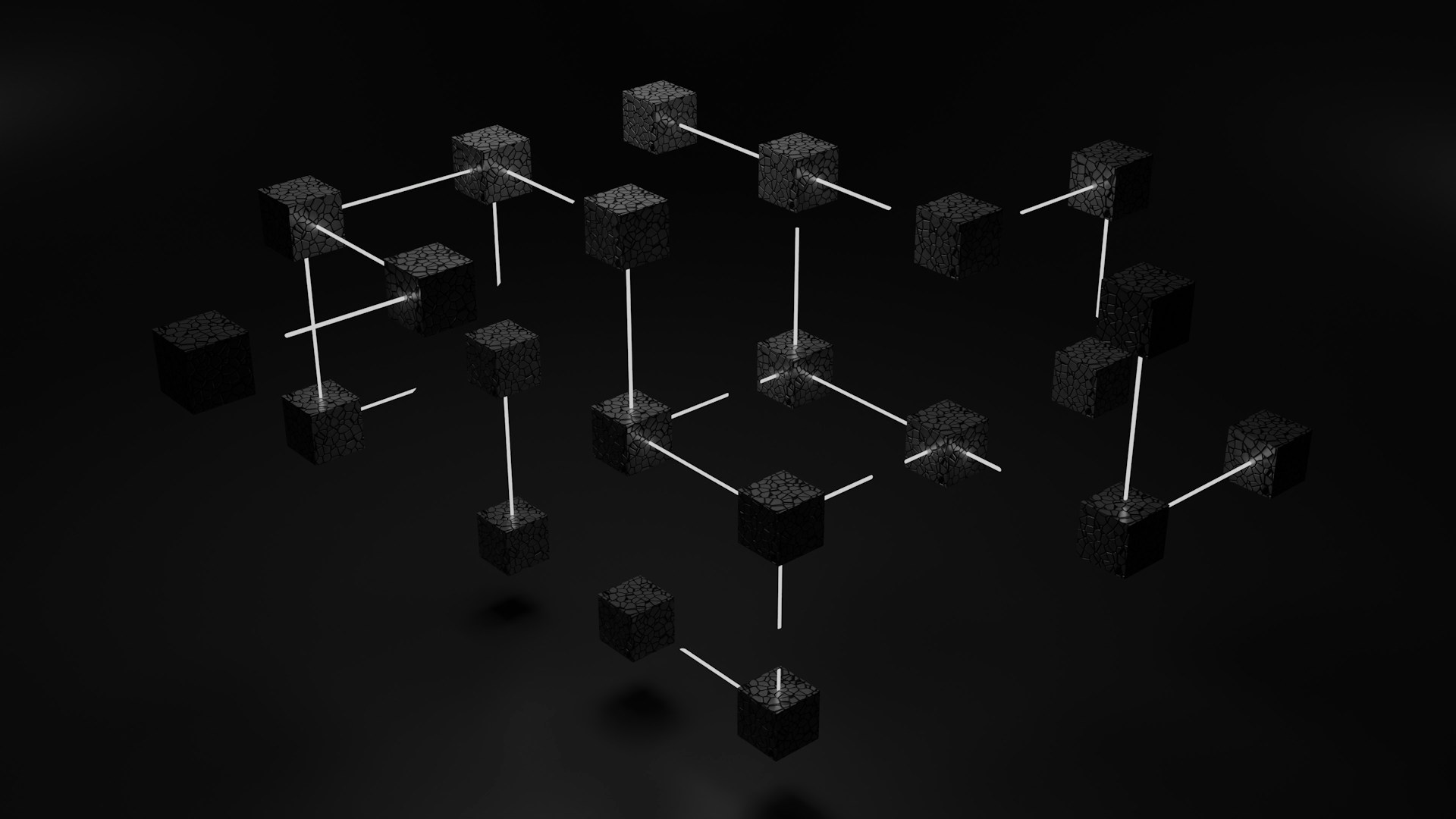
A blockchain is a type of technology that has the potential to reshape how we record and manage information. In essence, it functions as a distributed ledger – shared database that maintains a continuously growing list of ordered records called blocks. These blocks are cryptographically linked together, forming a chain.
As we mentioned in our previous blog, blocks contain various pieces of information and "in principle, this information may also be a chain of units and zeros, which means that it may contain emails, contracts, marriage certificates, stock exchange information, and so on."
It is important to note that blockchains do not have to be only used for monetary means. Recently there has been a push towards more use of blockchain technology in other areas as well, but it is still very much a globally unexplored area. 
Understanding the Building Blocks:
Blocks: Imagine a block as a piece of information in a public ledger. Each block contains critical information:
Transaction data: This data can encompass anything from financial transactions (cryptocurrency transfers) to asset ownership changes (ownership of a house) or even voting records.
Hash: A unique cryptographic fingerprint of the block content. A hash function transforms pieces of information into more secure form. Any alteration to the data within the block will result in a completely different hash, making it easy to detect tampering attempts.
Previous block hash: This acts like a chain link, connecting the current block to the one before it. This establishes chronological order and ensures the integrity of the entire chain.
Decentralization: Unlike traditional databases controlled by a single entity, a blockchain can be decentralized. I.e., there would be no central authority governing the network. Instead, a distributed network of computers (nodes) maintains the ledger. Each node has a copy of the entire blockchain, and any new transaction must be validated by the majority of nodes before being added to the chain.
Security: Cryptography plays a vital role in securing the blockchain. The cryptographic hash function helps ensure the immutability of data. Attempts to alter a block content will change its hash, and since subsequent blocks reference the previous block hash, the tampering should generally be evident throughout the chain. Additionally, most blockchains rely on consensus mechanisms, such as Proof of Work (PoW) or Proof of Stake (PoS), to validate transactions and secure the network. These mechanisms usually make it computationally expensive and quite difficult to alter the blockchain without the consensus of the network participants. PoW relies on computational power to validate transactions (i.e., mining), while PoS uses a staking mechanism to secure the network. Each approach has its own advantages and disadvantages, and the choice of consensus mechanism again depends on the specific blockchain application.
Benefits of Blockchain Technology:
Immutability: Data stored on a blockchain is not easy to tamper with. Once a transaction is recorded, it is not altered or deleted.
Transparency: All participants in a blockchain network can access and verify the transaction history, promoting transparency and accountability.
Decentralization: By removing the need for a central authority, blockchains empower individuals to take on various financial or non-financial responsibilities. Now this can of course be used for nefarious means, but it also gives an alternative to growing corporate surveillance.
Efficiency: Blockchains can automate processes and streamline workflows, leading to increased efficiency and reduced costs.
Applications of Blockchain Technology:
The potential applications of blockchain technology extend far beyond its well-known use in cryptocurrencies. Here are a few examples:
Supply Chain Management: Blockchains can track the movement of goods from origin to destination, potentially ensuring transparency, provenance, and efficiency.
Voting Systems: Blockchain-based voting systems can enhance security, reduce the risk of fraud, and increase voter confidence.
Healthcare: Blockchain can be used to securely store and manage medical records, improving patient access and data integrity.
Types of Blockchains
It is important to note that there are different types of blockchains. Permissioned blockchains, for instance, restrict access to a predefined set of participants, while permissionless blockchains are open to anyone to join. The choice of blockchain type depends on the specific application and desired level of control.
The Future of Blockchain
Blockchain technology is still in its early stages of development, but its potential is vast. As research and development continue, we can expect to see even more innovative applications emerge across various sectors. The key will be to address ethical challenges, regulatory considerations, and ensure responsible development of this powerful technology.